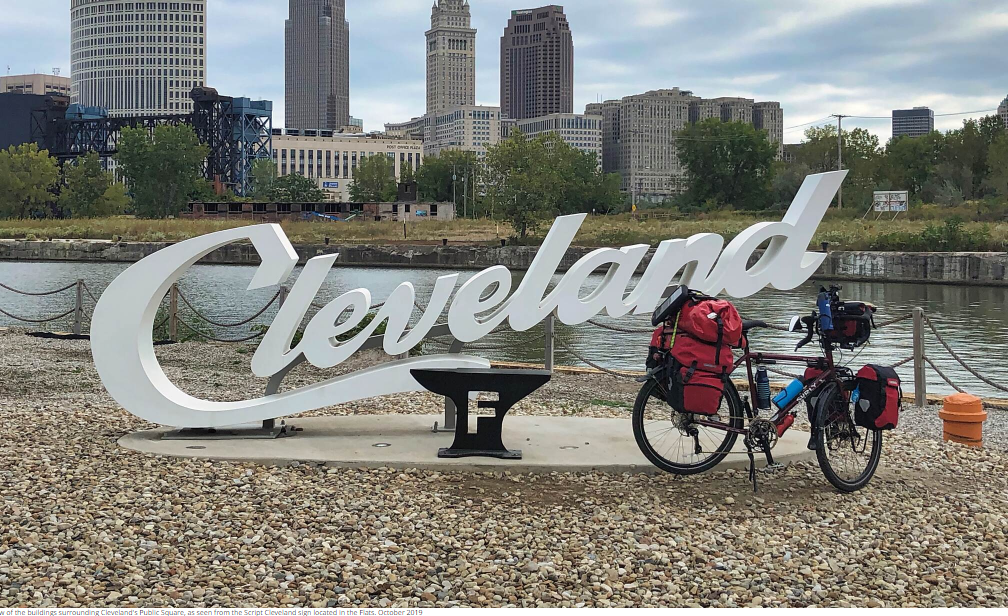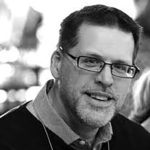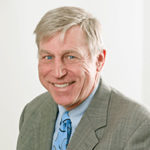BY John Mitterholzer, The George Gund Foundation
and Tom Woiwode, the Community Foundation for Southeast Michigan
The Covid-19 pandemic crisis presents one of the biggest challenges our nation has faced. Not only are we grappling with a public health emergency and a faltering economy, but these twin crises have laid bare stark inequities in our communities. It has forced us to acknowledge what has been obvious for far too long — that we do not all enjoy the same opportunities, whether it’s economic equality, access to a healthy environment, or opportunities for social or cultural experiences. It has required us to think differently about how we live, work and play. And it is mandating that we create communities that bring people together to enjoy in those shared opportunities equally and equitably.
So what are our options? In this time of unprecedented challenges, the public has given us some pretty strong clues. When people are looking for solace, respite, an opportunity to get out and socialize, where have they gone? Trails, greenways, parks, public spaces. In droves. In volumes and numbers never seen before. The Rails-to-Trails Conservancy reports a surge of as much as 200 percent in trail use nationwide. In fact, the demand for access to places to walk or bike has prompted cities around the country — including Boston, Milwaukee, Chicago, Denver, and Washington, D.C. — to close streets to vehicle traffic and open them up to pedestrians and bikers. Oakland has dedicated 74 miles of streets to non-motorized use.
The uptick in activity is not surprising, given the legions of people who have felt trapped inside their homes as cities across the country have restricted access to most everyday activities. But the potential benefits of these outdoor spaces go beyond just offering a place for a pent-up population to stretch their legs. It’s not uncommon to think of trails and greenways as designed for recreation experiences. But they are so much more.
Greenways create economic opportunity. According to a 2012 study by The American Association of State Highway Transportation Officials (AASHTO) study, every $1 million invested in greenways, bike lanes and sidewalks, creates 17 jobs — significantly more than any other kind of infrastructure project. A 2019 study for the East Coast Greenway Alliance showed a more than ten-fold return on the impact of greenways investment.
They provide health benefits. While walking, running and bicycling can be enjoyable health preventative measures, the benefits don’t just stop at health care cost savings. Physical activity also increases workplace productivity, and people using trails enjoy an intangible boost to their overall well-being.
Trails and greenways help improve air and water quality. They take cars off the road, and, by protecting land along rivers and streams, greenways prevent soil erosion and filter pollution.
They improve access to mobility and transportation options. Greenways offer transportation options for those who would like a choice other than a car, or who need that choice because they don’t have other transportation options. In cities like ours, Detroit and Cleveland, roughly one-third of the resident population does not have access to a personal vehicle, in communities with limited public transportation options. Greenways link people and institutions, community assets, neighborhoods and each other in ways that are much more personal and connected.
And one cannot ignore the public voices being raised right now. In order to reap the full benefits of these public spaces, we need to be mindful of creating spaces where everyone feels welcome — and ensure that resources and access are equitably distributed. Creating communities that are sustainable, prosperous and just, a key element of The Funders Network’s mission, means acknowledging and undoing the racialized histories of our built environments that have allowed inequities to thrive.
It is essential that we create communities that serve everyone, equitably. That means we need to rethink how communities are designed, how they function, and we need to ensure that all people benefit from community assets and resources. The outdoors, and outdoor experiences, should be safe and enjoyable for all people, including people of color. We must design communities so they serve people — all people. Greenways help in doing that.
So why raise this issue now? Greenways and trails may be the best examples around of really effective public-private partnerships. TFN members have been leading the way in developing truly transformative projects that are changing the way their communities engage their residents. They include:
*The William Penn Foundation has been the driving force behind greater Philadelphia’s 300-miles-and-growing Circuit Trails;
*The Hyde Family Foundation is helping to connect Memphis to its neighboring communities along the Wolf River Greenway;
*Thanks to the leadership of the Walton Family Foundation, the 36-mile Razorback Regional Greenway links Bentonville to Fayetteville and all the communities in northwest Arkansas.

And in our own communities in Michigan and Ohio:
*A philanthropic partnership that includes the Community Foundation for Southeast Michigan, The Kresge Foundation, the Ralph C. Wilson Jr. Foundation and other philanthropic partners are working together to build a 35-mile loop trail that will connect all the neighborhoods in Detroit, to each other and to the revitalized Detroit Riverfront..
*The Cleveland Foundation and The George Gund Foundation have worked with local partners to create the Lake Link Trail, a project that uses greenspace and trails to connect the Cuyahoga River to Lake Erie. The Lake Link Trail connects the oldest public housing development in the country, Lakeview Terrace, and a low-income senior housing complex, Riverview Terrace, to the lake.
There is one common theme here, and it is especially important at this particular time. These philanthropic resources and private investments complemented and leveraged public dollars to build the above-mentioned extraordinary trail networks, and so many more around the country. Because of what we’re seeing today regarding greenways — the overwhelming public demand, the extraordinary and varied community benefits, and this unique moment in time — trails and greenways must be considered essential infrastructure in any infrastructure stimulus bills.
What can you do?
Think differently about trails and greenways. See them as they are and can be — ways to promote equity, create art, stimulate the economy, protect the environment, create safe spaces for families and children, provide transportation options for all, and serve as transformative community development.
Take steps to ensure that trail and greenway projects do not exacerbate racial and economic disparities. Fund community organizations that are full participants in the decision-making processes. Community leaders, in particular people of color, must be authentically engaged in the policies, planning, design and development of trails and greenways.
Help make the case to Congress and spread the word. Greenways are essential infrastructure. Over 150 trail organizations and community development groups have signed on to a letter, asking Congress to include greenways in the next stimulus bill. Learn more about this effort by contacting Dennis Markatos-Soriano, president of the East Coast Greenway Alliance, at dennis@greenway.org. The text of the letter can be found here.
Join TFN’s Collaborative on Mobility and Access to learn more about creating mobility options that are environmentally beneficial, economically sound and equitable for all. (For more information, reach out to program lead Martha Roskowski at mailto:martha@furtherstrategies.com.)
We hope you join us in recognizing the many contributions of greenways, and in working toward communities that are greener and healthier — for all.
Yours for a greener, more equitable world.
About the Authors:

John Mitterholzer is a senior program officer at The George Gund Foundation. He served on TFN’s Board of Directors from 2009 to 2018, serving as chairperson from 2016 to 2018.

Tom Woiwode is with the Community Foundation for Southeast Michigan. He served on TFN’s Board of Directors from 2011 to 2020, serving as chairperson from 2018 to 2020.
Featured image photo credit: Jenishayoga | Dreamstime.com
